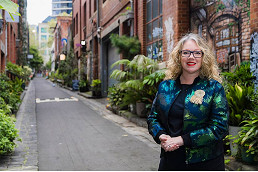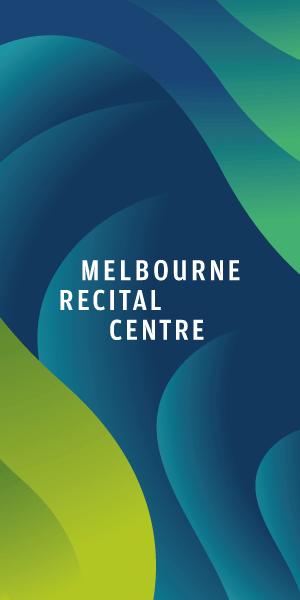Oh, the beautiful, the laneways
Fresh paint drips down the wall as an artist risks litigious and possible physical consequence. His friend stands at the front of the lane keeping an eye out for a ubiquitous threat. The spotter is flighty as the artist is taking longer than expected.
Standing in the cold dark laneway in the dead of night keeping an eye out, both the artist and the spotter are risking much in order to create, adding a beautiful artwork to the front of a laneway on the edge of the CBD.
The laneway has the smells and stains of time. Built as part of the Hoddle Grid, the laneways were used for deliveries, sewage collections, and often, a cold hard bed for suburban bohemians’ who missed the last train.
As the artist is putting on the final touches to what he thinks is one of his best artworks to date, the spotter yells, “spotted”; they had been busted, and a cop car veers up the main street.
Fortunately, the artist had already stashed his paint in a hiding place and he and the spotter, sprint off running down the lane to hide in a hiding spot that they had fortuitously located earlier.
Within seconds the cops drove around the corner with their lights flashing and their spotlight searching around the lane, driving slowly one of the police gets out with a torch and decides to search the lane.
Carefully looking in every nook and crevasse, less than a metre away the artists are frozen in fear felling like a lion’s pray as they hear the police radio, praying that the vigilant police officer doesn’t notice them.
Just as the light was about to reveal them a message came over the radio and the officer retreated to the car. The car slowly moved down the lane the spotlight searching as the flashing lights fill the artists’ senses. The car passes the artists and makes its way to the end of the lane and turns into a main street.
The artists wait five minutes, silent, still frozen by fear. Eventually they climb out of their hiding spot, grab the paint and quickly leave in the opposite direction to the police. The excitement and rush of creating an illicit artwork, and then nearly being caught was exhilarating. The boys talked quickly, reliving the experience like an old war story, then went back to their studio, dumped the paint, and went home.
One of the most beautiful experiences that urban artists get is going back to see the artwork that they created the next day. They can self-critique, photograph it, and potentially put it online for the entire world to see.
As the artist was photographing his piece, an old homeless guy came up to him and started talking about the new artwork stating that it was a great addition to his laneway. The artist asked why it was his laneway, to which the man told him that he had lived in the laneway for nine years.
He began to talk about the history of the laneway and all that he had seen over the years. The artist began to look at the laneway in a different light, thinking about all the marks on the walls, all the scuffs and scratches, all that had happened, since horses and carts used the laneway.
Each of these marks have their very own story – a moment in history, a part of the Melbourne story.
The artist had a wave of affection come over him. He loves the laneway and he realised that his artwork was just another story in a thousand stories that made up the random aesthetics of the lane.
He decided to give the homeless guy the lunch that he had packed for himself. The man was so happy; they shook hands and the artist started walking back to his studio.
He was moved by the whole experience and thought to himself that the laneways of Melbourne were the heart and soul of the city, and that the art smelt and stained within them made them the cultural veins and heart of our beautiful Melbourne. •

A milestone for the mysterious





 Download the Latest Edition
Download the Latest Edition